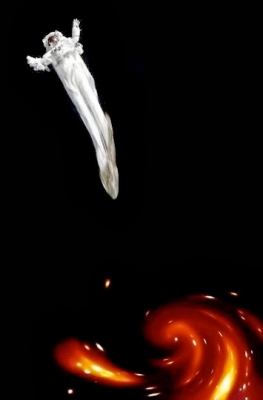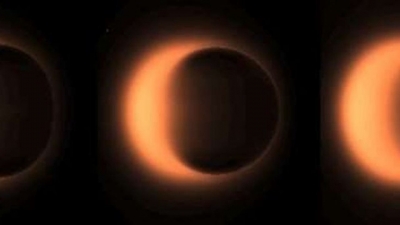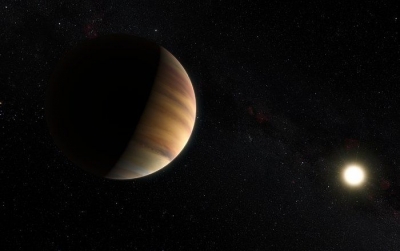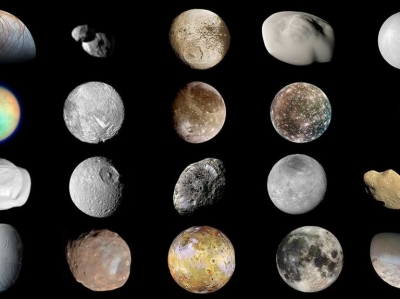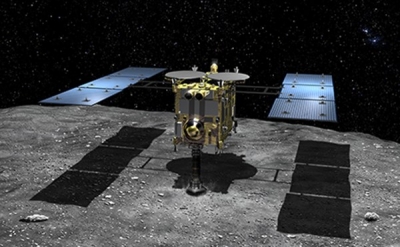
April 12 was already a huge day in space history twenty years before the launch of the first shuttle mission. On that day in 1961, Russian cosmonaut Yuri Gagarin became the first human in space, making a 108-minute orbital flight in his Vostok 1 spacecraft.
In 1955, Gagarin was accepted to the First Chkalovsky Higher Air Force Pilots School in Orenburg. He initially began training on the Yak-18 already familiar to him and later graduated to training on the MiG-15 in February 1956. Gagarin twice struggled to land the two-seater trainer aircraft, and risked dismissal from pilot training. However, the commander of the regiment decided to give him another chance at landing. Gagarin’s flight instructor gave him a cushion to sit on, which improved his view from the cockpit, and he landed successfully. Having completed his evaluation in a trainer aircraft, Gagarin began flying solo in 1957.
On 5 November 1957, Gagarin was commissioned a lieutenant in the Soviet Air Forces having accumulated 166 hours and 47 minutes of flight time. He graduated from flight school the next day and was posted to the Luostari Air Base close to the Norwegian border in Murmansk Oblast for a two-year assignment with the Northern Fleet. On 7 July 1959, he was rated Military Pilot 3rd Class. After expressing interest in space exploration following the launch of Luna 3 on 6 October 1959, his recommendation to the Soviet space programme was endorsed and forward by Lieutenant Colonel Babushkin. By this point, he had accumulated 265 hours of flight time. Gagarin was promoted to the rank of senior lieutenant on 6 November 1959, three weeks after he was interviewed by a medical commission for qualification to the space programme.
Picture Credit : Google

